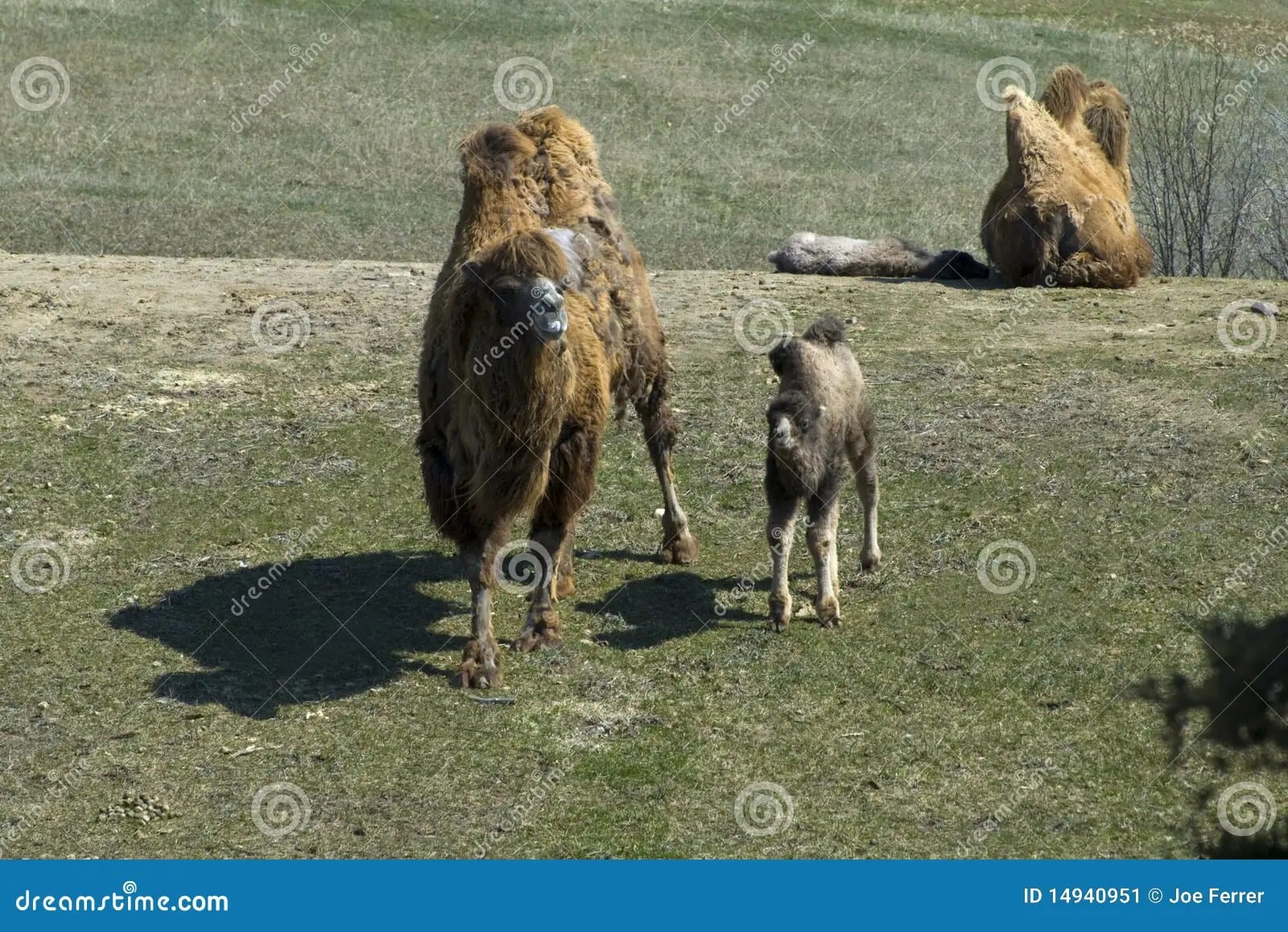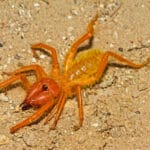Calling all puzzle enthusiasts and history buffs! Have you ever encountered “Bactrian pair” in a crossword and wondered about its meaning? While it often hints at “two camel humps,” the term holds a richer history connected to a fascinating ancient region. Join us as we delve into the captivating world of Bactrian camels and the land that gave them their name.
Beyond the Humps: Unveiling the Bactrian Camel
The Bactrian camel (Camelus bactrianus) stands out with its two prominent humps, crucial for survival in challenging environments. These humps aren’t just for looks—they store fat, acting like internal survival packs that provide energy and hydration in harsh conditions. These resilient creatures, originally from Central Asia, have adapted to scorching deserts and frigid mountains.
Their thick coats offer insulation during harsh winters, while their wide feet navigate both sandy dunes and snowy landscapes with ease. For centuries, Bactrian camels have played a vital role in human history, serving as reliable companions and transporting goods along the Silk Road.
Bactria: A Journey to an Ancient Crossroads
The term “Bactrian pair” extends beyond the camels, pointing to the historical region of Bactria. This ancient land, located in present-day Central Asia, thrived as a center of trade and cultural exchange. It was a melting pot of cultures, where people from diverse backgrounds converged, sharing ideas and goods.
Bactria held a significant position within the powerful Achaemenid Empire and served as a central hub for the Zoroastrian faith. The Bactrian language itself, an Eastern Iranian language, traces its roots back to this historically rich region.
The Enduring Legacy of the “Bactrian Pair”
Today, the “Bactrian pair” continues to surface in crossword puzzles, reminding us of the camel’s distinctive humps. However, these remarkable creatures represent much more than just a trivia question. They embody a rich tapestry of history, cultural exchange, and remarkable adaptations. While domesticated Bactrian camels are still prevalent, their wild counterparts face an uncertain future due to habitat loss and climate change.
Astonishing Bactrian Camel Facts
Prepare to be amazed by these fascinating facts:
- Hydration Masters: Bactrian camels can guzzle a staggering 200 liters (approximately 53 gallons) of water in a mere three minutes, putting any office water cooler to shame!
- Hump Weights: Each of their impressive humps can weigh up to 80 pounds! That’s a substantial amount of stored energy for their arduous journeys.
- Symbols of Resilience: Across various cultures, Bactrian camels symbolize strength, resilience, and the ability to conquer challenges.
- Artistic Inspirations: Artists and writers throughout history have found inspiration in the “Bactrian pair,” incorporating them into their works to symbolize these admirable qualities.
Therefore, the next time you come across “Bactrian pair,” remember that it’s more than a crossword clue. It’s a portal to a fascinating world of history, cultural fusion, and the awe-inspiring adaptations of these remarkable two-humped creatures!
Who Were the Bactrian People?
The term “Bactrian” also refers to the people who inhabited the ancient region of Bactria. This region, encompassing parts of modern-day northern Afghanistan, Tajikistan, and Uzbekistan, witnessed the rise and fall of the Bactrian civilization, leaving an indelible mark on Central Asian history and the Silk Road.
Believed to be of Iranian descent, the Bactrians likely spoke a language akin to Avestan or Old Persian. Their region, located at the crossroads of major trade routes, fostered cultural exchange with Persian, Greek, and Indian influences permeating their society. This fusion is evident in their art, architecture, and religious practices, which blended Zoroastrianism with Greek polytheism and later, Buddhism.
Bactria experienced the rule of various empires, including the Achaemenids, Seleucids, and Kushans. Notably, the Bactrians, known for their independent spirit, established the Greco-Bactrian Kingdom, which extended its influence as far as India.
Positioned strategically on the Silk Road, Bactria played a pivotal role in facilitating trade between East and West, connecting diverse cultures and bolstering the region’s economic prosperity.
What is Bactrian Now?
Today, “Bactrian” often evokes images of the two-humped camel that bears the region’s name. The Bactrian camel, with its remarkable adaptations to harsh environments, stands as a symbol of resilience and endurance. Their two humps, acting as fat reserves, allow them to withstand extreme temperatures and prolonged periods without water. For centuries, they have been integral to the nomadic cultures of Central Asia.
However, the wild Bactrian camel, facing threats from habitat loss and climate change, is now classified as critically endangered.
While the Bactrian Empire may be a memory etched in history, the spirit of Bactria lives on through its namesake—the incredible Bactrian camel. This serves as a poignant reminder that the echoes of the past can resonate in the present, urging us to protect the legacy of this ancient land and its remarkable inhabitants.
What Race Were the Bactrians?
When we look at history, it’s tempting to categorize people into neat, easily defined groups. However, the reality is far more complex. Human history is a tapestry woven with threads of migration, cultural exchange, and intermingling. The ancient Bactrians exemplify this beautifully.
Bactria, situated at a crossroads of civilizations, was home to a mixed population shaped by waves of migration and cultural exchange over millennia. Their heritage reflects influences from Persia, Greece, India, and beyond, making it impossible to assign them to a single “race” as we understand it today.
To label the Bactrians with a single race would be an oversimplification of their rich and diverse heritage. Instead of trying to fit them into a modern framework of race, it’s more accurate and insightful to appreciate them for their unique blend of cultural influences.
Instead of focusing on “race,” it’s more constructive to explore the cultural markers that provide insights into their identity:
- Language: They likely spoke an Eastern Iranian language related to Avestan, which was later influenced by Greek.
- Religion: Initially a center of Zoroastrianism, Bactria later saw a fusion of Greek religious practices and the rise of Buddhism.
- Art and Architecture: Bactrian art reflects a blend of Persian, Greek, and Indian styles, showcased in archaeological sites like Ai Khanum and various Buddhist monasteries.
- Economy: Their economy thrived on agriculture, trade facilitated by the Silk Road, and bustling urban centers that fostered craftsmanship.
By examining these cultural facets, we can gain a more accurate and nuanced understanding of the Bactrian people, appreciating their unique identity as a product of their time and place. Trying to confine them to a modern concept of “race” would be a disservice to the complexity and richness of their history.
Internal Links:
- If you happen to travel to Madagascar, don’t forget to visit the big eyed lemur, which is one of the most adorable animals you will ever encounter.
- It is hard to find a person who doesn’t like tarantulas. However, the brazilian blue tarantula is on another level.
- Unlock Water’s Symbolism: A Cross-Cultural Exploration - April 20, 2025
- Identify Black and White Snakes: Venomous or Harmless? - April 20, 2025
- Unlocking Potential: Origins High School’s NYC Story - April 20, 2025
















1 thought on “Bactrian Pair Crossword Clue: Cracking the Code (and Camel Trivia!)”
Comments are closed.